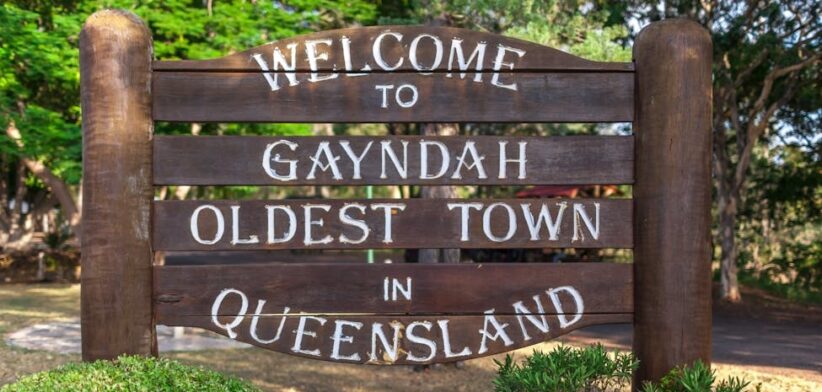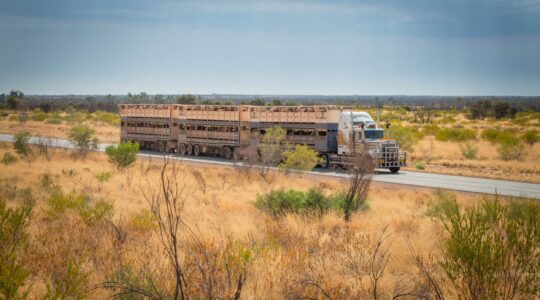A more than 20 percent rates hike by a Queensland regional council is evidence of the strain local authorities are under to provide services, according to the group’s peak body.
Local Government Association of Queensland (LGAQ) Chief Executive Officer Alison Smith said local government sustainability was well and truly in the spotlight with the North Burnett Regional Council adopting a bottom-line rates increase of 22 percent this week.
“We have been telling Federal and State governments for a number of years that the increasing pressure on councils to maintain services to their communities while they struggle to generate sufficient revenue of their own from cash-strapped communities is not a sustainable and viable model – and the North Burnett Regional Council’s decision brings that into sharp focus,” Ms Smith said.
“In city halls and shire chambers across Queensland, councils are fighting an almost impossible battle to make sure their communities have the critical services and facilities they deserve while keeping rates and charges as low as possible” she said.
“But while rivers of gold flow to the Commonwealth when we all pay everything from income tax to fuel excise to the GST, the level of government that provides most of the things communities use most often – your council – gets the least.”
Ms Smith said councils received three cents in every dollar of taxation revenue, compared to 80 cents in the dollar for the Commonwealth and roughly 17 cents for the State Government.
“At the same time, councils are having to do so much more with less or their communities miss out,” she said.
“Many are caught in the vice between rising costs in areas like construction, labour, materials, State Government imposts like the bin tax and the flatlining of Federal Financial Assistance Grants.”
Ms Smtih said councils were facing tough choices like reducing services or raising rates and charges to keep providing core services.
“Our research also shows that councils are having to fill a $360 million blackhole every year from cost-shifting where local government is having to step in as the provider of last resort for facilities and services that are the realm and responsibility of the Federal and State governments or the private sector.
“Councils everywhere are having to step in and provide critical services beyond their core responsibilities because communities need them but the other levels of government and private sector have either pulled out or pulled back.”
She said this ranged from councils running the local childcare so they could still attract a workforce and paying for rebroadcasting so residents could access free-to-air TV and radio, to purchasing buildings so there was a home for critical health services and providing undertaking and morgue services.
“Some also run the post office, the service station, the bakery – because if councils don’t do it their communities will go without.”








